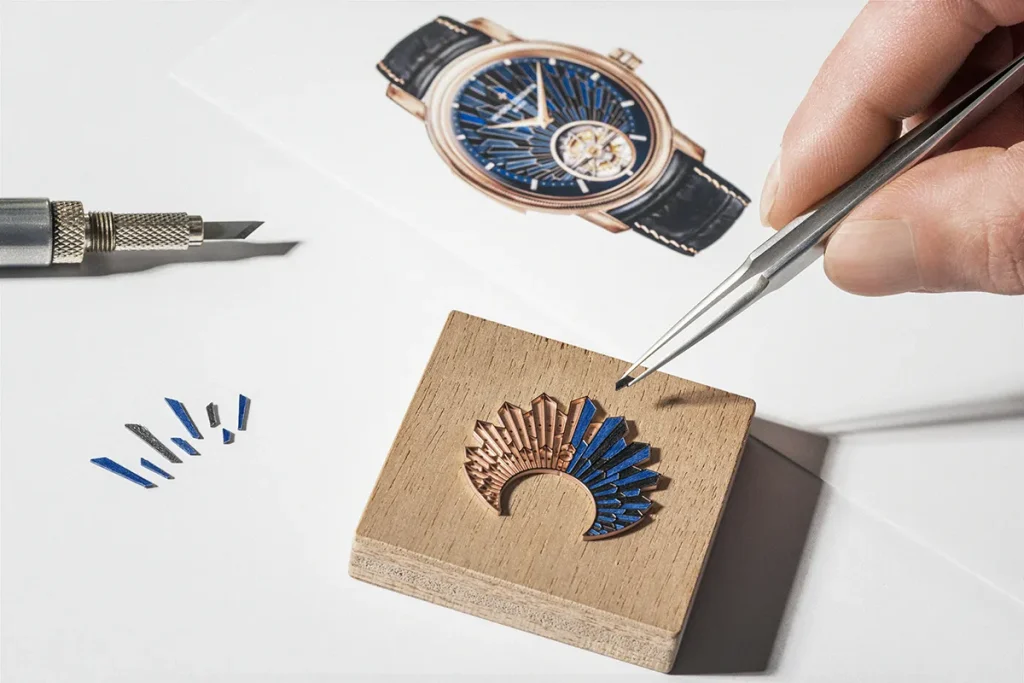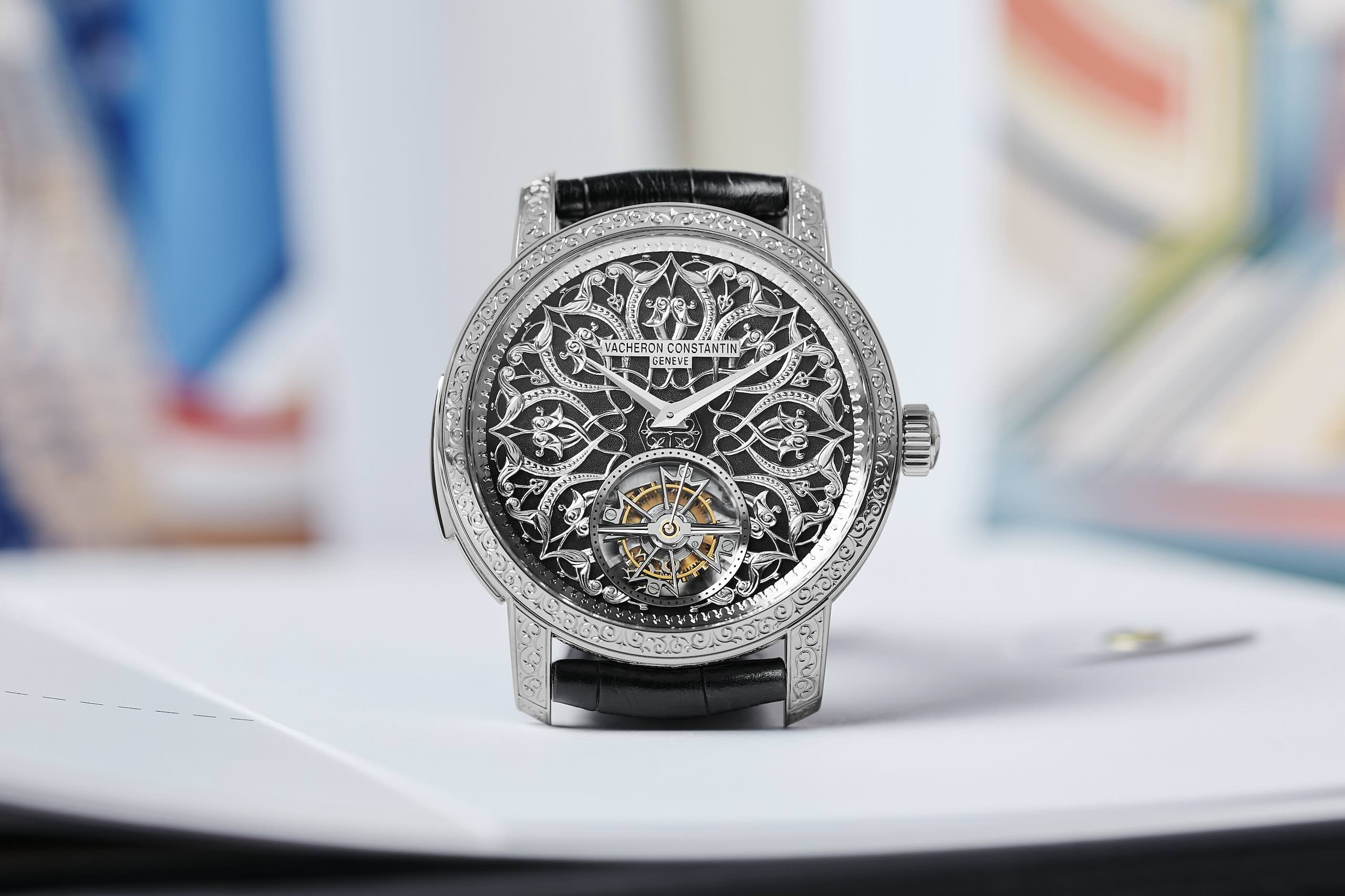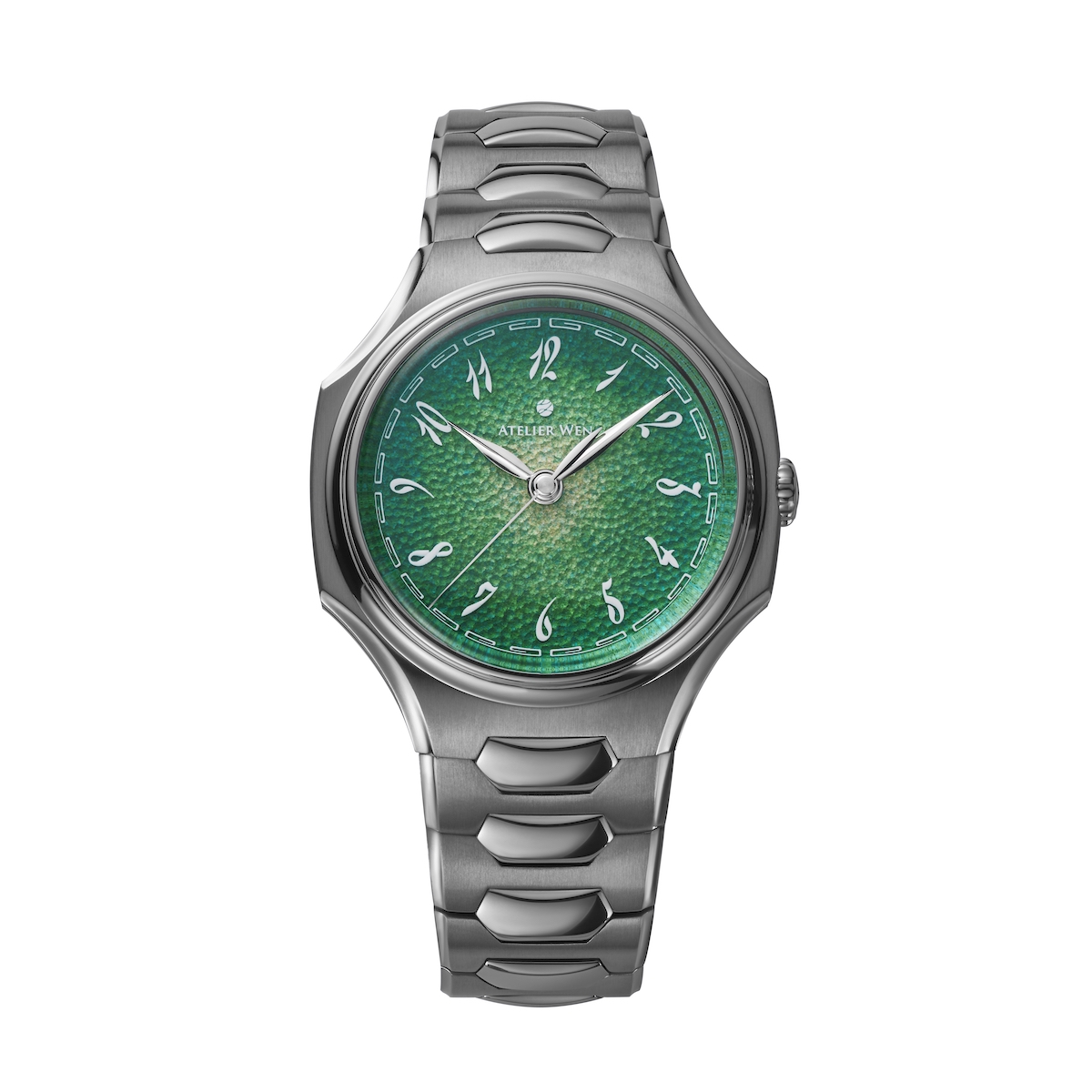About an hour outside Dubai’s towering skyscrapers, a select group of journalists gathered in the desert at the serene Bab Al Shams resort to get hands-on with Vacheron Constantin’s latest Les Cabinotiers collection. In the world of high horology, it’s unusual for press to get a preview of unique pieces ahead of clients, but in this case, the Geneva-based manufacture was trying to avoid becoming a victim of its own success—again. Last year, every watch pre-sold to clients, preventing any publicity. The goal of the annual collection, introduced in 2016, has been to showcase the type of elite work Vacheron has long done via bespoke commissions, and so the fervent demand (and subsequent lack of press) kind of defeated the purpose.
“We are always happy to sell expensive watches, but the main driver is really our ability to showcase our know-how in terms of complications, craftsmanship, and finishing,” says CEO Louis Ferla. “Every year, we raise the bar on what we’re able to achieve, and I think today’s level of craftsmanship that we’re demonstrating is unmatched in the watch industry.” It’s a bold statement given the competition, but hard to argue when seeing the pieces in person. Take, for example, the fanatical level of work that went into hand-engraving the 44 mm by 13.5 mm Minute Repeater Tourbillon—Tribute to Arabesque: Its ornate flourishes, inspired by the patterns found on the 82 domes and four minarets of the Sheikh Zayed Grand Mosque in Dubai, the largest in the UAE, took a month to execute.
While that piece most befitted this year’s backdrop for the Les Cabinotiers reveal, the theme of “Récits de Voyages”—“Travel Stories”—spanned continents across the nine-piece collection. New York’s historic skyscrapers, notably the Chrysler Building, were the inspiration for the Minute Repeater Tourbillon—Tribute to Art Deco, which uses the same calibre 2755 TMR as the Tribute to Arabesque but employs wood marquetry to execute the bi-level dial. Its specialised champlevé technique, a process of etching or engraving recesses into the metal dial and then infusing them, typically with enamel, is instead designed with 110 minuscule pieces of wood cut with scientific precision. The dial takes a month to finish and is completed by a 30-year-old who has been working with VC for a decade—one of the few in the world capable of this kind of work.

Image courtesy of Vacheron Constantin
These are not pieces for wallflowers. In fact, some are so large and over-the-top they might as well be hung on a wall—and indeed, those who acquire these pieces likely appreciate them as much as their Picassos. The 45 mm by 20.1 mm Armillary Tourbillon, another Tribute to Art Deco piece, is the most robust of the bunch, in terms of both size and technical fireworks. Plenty of space was needed to house the bi-axial armillary tourbillon with a spherical balance spring at nine o’clock—so much that a domed section of the sapphire crystal was created for that specific component, to keep the rest of the timepiece at a reasonable height (relatively speaking). The two interlocking carriages rotate every 60 seconds, while the tourbillon carriage rotates four times per minute. A sapphire-crystal aperture on the side of the hand-engraved 18-carat-yellow-gold case offers another view of the spinning wonder, making it visible nearly top to bottom.
It’s not just bravado that drives Vacheron Constantin to create such enormously expensive and hugely labour-intensive watches. Ferla says they’re also intended to help the company with research and development; the methods of craftsmanship and engineering developed for Les Cabinotiers pieces, which range in the seven figures and take roughly four years to bring to life, often become springboards for work on future series-production pieces. “What you will see in the next few years in terms of complications and métiers d’art will be mind-blowing,” he promises.









